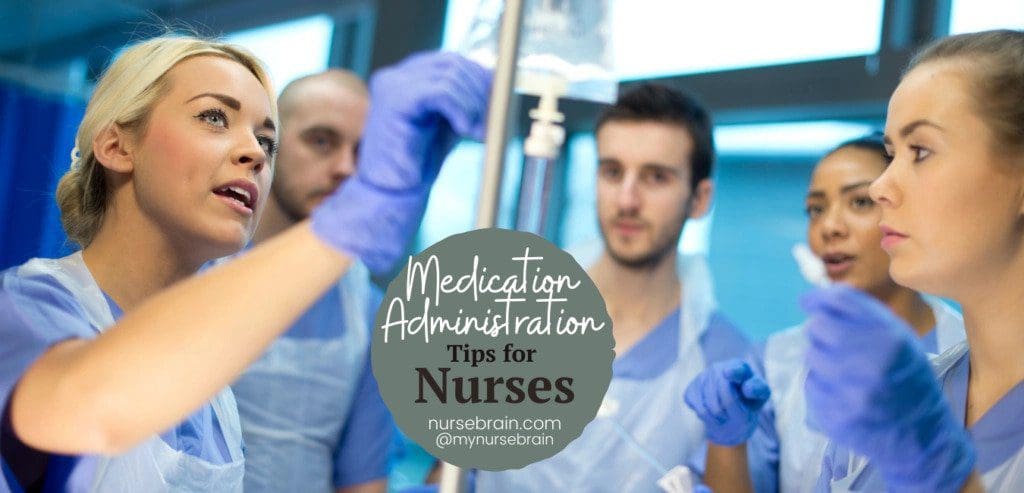Administering medications is one of the most important parts of nursing care. As you know, Right Route is one of the most important rights of medication administration among other medication rights.
When administering medications, it is important to assess whether your intervention is beneficial to your patient or not and monitor for any potential side effects. For example, intravenous (IV) furosemide administered too quickly can cause deafness; oral penicillin V given with food will not be well absorbed; over-application of topical steroids will cause thinning of the skin and lead to systemic side-effects.
Administering medication through the right route is extremely important. The choice of routes in which the medication is given depends not only on the convenience and compliance but also on the drug’s profile. Therefore it is crucial to understand the characteristics of the various routes and techniques associated with them. Many inter-professional healthcare team members are involved in the administration of medications to patients.
Two factors that determine whether the drug will reach its site of action or not;
- Bioavailability
- How the drug is given (route of administration).
Bioavailability
Bioavailability is the proportion of an administered drug that reaches the systemic circulation and is therefore available for distribution to the intended site of action.
When you administer a drug via intravenous route, its bioavailability is 100%. There are certain drugs with a high absorption rate from the gastrointestinal tract, hence they also have a higher bioavailability-similar to that of an IV dose, for example, the antibiotic ciprofloxacin.
Most drugs do not have this availability by the oral route, so the dose given orally is usually higher than that given parenterally. For example, the beta-blocker propranolol, when given orally, is administered in doses of 40mg and above. The equivalent IV dose is 1mg.
The route of administration and its formulation (tablet, capsule, liquid) can clearly influence the bioavailability of a drug.
Now let’s dig deeper into each of the different routes of administration in the section below.
Oral Route
This is one of the most frequent and commonly used routes of administering medications. It is highly convenient and economical as well. You instruct the patients on how many pills, capsules or tablets they need to take, and they ingest the medication through their mouth.
Solid dose forms such as tablets and capsules have a high degree of drug stability and provide accurate dosage. The oral route is nevertheless problematic because of the unpredictable nature of gastro-intestinal drug absorption. For example, food in the gastrointestinal tract may alter the gut pH, gastric motility, emptying time, drug rate, and extent of drug absorption.
The ability of the person to tolerate the solid form of the drug also varies, especially when the patient is too young or too old. Another factor is, many drugs cannot be given by mouth. In this case, you need to be very careful on which route to take when administering medication.
Several drugs are prescribed as modified-release preparations because they cannot be broken at the point of administration. Modified-release formulations can delay, prolong or target drug delivery. The aim is to maintain plasma drug concentrations for extended periods above the minimum effective concentration. This is because when you crush or break it, all the dose is released at one leading to toxicity or no absorption at all.
The disadvantage of the oral route is that your patient will get the desired effect quite late. That means that it takes a bit longer to function.
Remember seek proper advice regarding whether the medicine can be crushed or not.
Sublingual
The sublingual mucosa offers a rich supply of blood vessels through which drugs can be absorbed. You ask your patients to keep the medicine beneath their tongue. This is not a common route of administration, but it offers rapid absorption into the systemic circulation. The most common example of sublingual administration is glyceryl trinitrate in the treatment of acute angina.
Pharmaceutical industries have marketed “water-based” medicine that quickly dissolves under the tongue. However, in certain conditions, clients cannot take oral medications. The sublingual route is mostly considered in situations where the patient is unable to take oral medications for example if the patient has migraines or nausea/vomiting.
Rectal
This is one of the most inconvenient routes of administering medication. However, it has many advantages. When you give a medicine via the rectal route, it localizes to the large intestine. For example, rectal steroids in the form of enemas or suppositories are used in treating inflammatory bowel disease. In addition, antiemetics can be administered rectally for nausea and vomiting. Tyelnol can also be given to treat patients with a high fever who cannot swallow.
Topical
In diseases where the infection is localized to a certain area, this route is ideal in providing effective treatment. You apply the medication directly to the site, and it immediately begins to absorb.
Another advantage with topical medications is that they do not reach systemic circulation, so the systemic side effects are rare. Here are a few examples;
- The use of eye drops containing beta-blockers in the treatment of glaucoma;
- The application of topical steroids in the management of dermatitis.
- The use of inhaled bronchodilators in the treatment of asthma;
- The insertion of pessaries containing clotrimazole in the treatment of vaginal candidiasis.
Besides, the topical route is also a widely used method to enter medicine into systematic circulation through the skin, such as transdermal patches of Nitroglycerin used to treat angina, fentanyl patches for chronic pain, and hormone replacement patches. Topical medications can still produce side effects. A common side effect of using transdermal patches is that it causes local skin infections. Therefore, you must keep an eye on the patients skin and mucosal membrane. Areas on the skin where transdermal patches are applied may need to be rotated.
Parenteral
Parenteral routes are non-oral routes and are generally interpreted as relating to injections directly into the body, bypassing the skin and mucous membranes.
Advantages of Parenteral route
- Drugs that are poorly absorbed, inactive, or ineffective if given orally can be given by this route.
- The intravenous route provides immediate onset of action
- The intramuscular and subcutaneous routes can be used to achieve slow or delayed onset of action
- Patient compliance problems are largely avoided.
Disadvantages of Parenteral route
- Requires trained staff to administer
- Can be costly
- Can be painful
- Aseptic technique is required
- It may require supportive equipment, for example, programmable infusion devices.
Medicine administered via parenteral route must correctly administered. Incorrect technique can cause serious damage to nerves, muscles and blood vessels
Two routes are commonly used as a parenteral route of medications.
- Intramuscular
- Intravenous
Intramuscular
An intramuscular drug is injected into the muscle. It establishes or deposits the drug that will gradually be released into the body over time. This influences the time over which the next dose will be needed. For example, the formulation of antipsychotic agents such as flupentixol in oil allows them to be administered once a month or every three months.
Intravenous
The intravenous route of medication administration involves drugs being given through the vein. So that it directly enters the blood circulation. You may have seen that the IV route is mostly used for patients admitted to the hospital, especially when they cannot take the drug by mouth or when the desired action needs to be achieved as soon as possible. Besides, patients on NPO or nothing per oral state, the IV route is the preferred route for administering drugs.
Although it has many advantages, it is highly risky. It imposes the highest risk of side effects on your patients because of its greatest absorption into the systemic circulation.
Nursing Pearls for Administering Medications
Drug administration is one of the most critical tasks nurses have.. Certain considerations should be kept in mind when you administer medications to your patients.
- Always double-check your patient’s identity.
- Carefully check the drug name, dosage, route, and frequency.
- Calculate the dose correctly and verify with another RN especially when you are administering high-alert medicines.
- IV and IM drugs should be administered using proper aseptic techniques.
- Monitor patients vigilantly for side effects.
- Use infusion pumps for high-alert IV medicines.
- IV routes increase the chance of infection; therefore, assess accurately whether the patient’s medication can be switched to the oral route.
Administering medicines via the right route is very important to achieve the desired effect. Therefore you should know which route is convenient for your patient as per their health condition. Also, you must know what factors to keep in mind when opting for a particular medication route.
Remember that providing the most benefit and avoiding any risks should be your priority.


